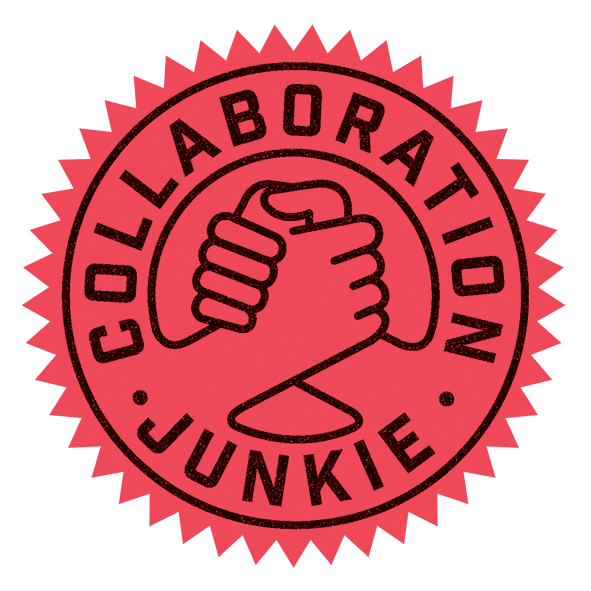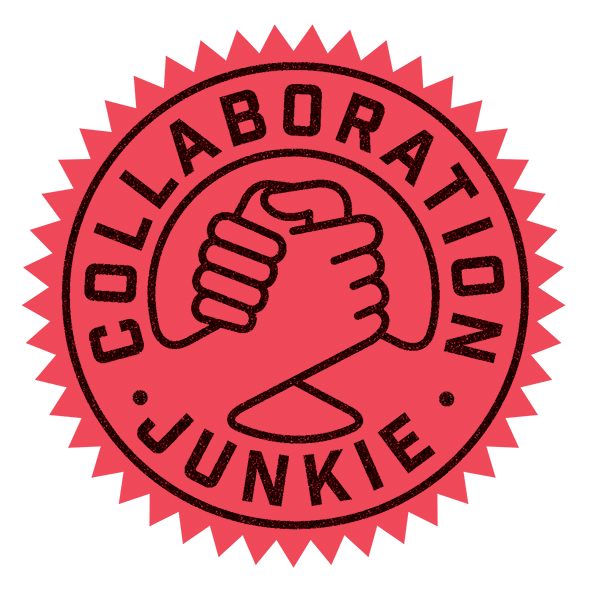Playing The Long Game
So, you’ve got a really successful collaboration going. It’s bringing great results in for all parties, be it exposure, leads, sales, revenue, or any of the many other metrics a partnership can bring.
That’s it then, it’s working. Job done, right?
Unfortunately not. Even when things look perfect to succeed, and grow and grow, sometimes they just don’t. Often impacted by things completely out of your control.
But one of the key things to think about when looking at successful business partnerships is longevity – even when it might be much easier not to.
I’m going to use a sporting example to demonstrate this. I don’t agree with all aspects of this – but you can’t argue with the outcomes generated for each party.
The Tiger Woods - Nike association is one of the most iconic athlete endorsements in the history of sports. I’m not really a golf fan, but I’d argue only Michael Jordan and Nike comes close to it. It began in 1996, the year Tiger turned pro. Since then, Nike has adorned Tiger's hats and shirts. For several years (until Nike shut down their golf gear business in August 2016), he played with Nike clubs and a Nike golf ball.
The relationship created many memories of both Tiger and Nike, but probably Tiger’s most iconic moment is his near on impossible chip-in shot on the 16th hole at the 2005 Masters, where the ball lingers on the lip of the hole just long enough that we can slowly see the Nike swoosh registered in our minds until the ball astonishingly sinks into the hole. This shot helped him secure his fourth green jacket and has been replayed on TV ever since.
The relationship has generated millions of dollars in business for both parties. Tiger's foremost contract with Nike in 1996 was reportedly for $40 million over 5 years. According to a 2013 ESPN report, this was followed by an estimated $100 million contract signed in 2001 over 5 years, and then an 8-year deal in 2006 for an estimated $20-40 million annually. Nice work if you can get it, hey.
However, perhaps surprisingly, the partnership was renewed in 2013 for an undisclosed sum, and remained intact even after Nike ended their golf gear production in 2016.
It was in late 2009 that the Tiger Woods scandal of numerous extramarital affairs first hit the news. And it wasn’t just a quick stint in the tabloids, it went on for a number of months. There was a string of embarrassing revelations and numerous companies cutting ties with Woods (e.g. Gillette, Accenture, AT&T and Gatorade).
However, Nike decided not to.
At the time company spokeswoman, Mariam Sylla, said the sponsorship was unchanged because Woods remained the world's best golfer.
"He's the best in his domain. We respect his performance in the sport," she said, adding that Woods's personal life was "not our business."
Now, whilst Nike have a history of sticking with controversial figures (Look at Colin Kapernik recently, a much more virtuous cause, and also Eric Cantona, who they stuck by after he kung-fu kicked a fan for verbally abusing him), I’m not sure in this instance it’s one I agree with in terms of what that says about their values, and it would be hard to see them taking that stance today in the light of the #metoo movement.
However, that’s another debate for another day.
Given the above statement, the more astonishing support shown was that in the years that followed Tiger’s career was hugely hampered by injury and loss of form. He wasn’t performing anywhere near the level he had been previously and was far from ‘the best in his domain’.
Tiger was then arrested for drink driving in May 2017 (where it was reported that he had an unexpected reaction to prescription drugs while at the wheel) but Nike still stuck by him.
Even though he still wasn’t performing at the expected level. And, with it becoming the norm, his exposure level significantly decreasing.
However, that ongoing decision was hugely vindicated in 2019, when despite all the odds Tiger Woods claimed the Masters title. His first Major (the elite tournaments in professional golf) in over 11 years.
(Infidelities aside) it’s an inspiring story, and I’m sure one that fits with what Nike wants to portray.
Perhaps more importantly though, according to Apex Marketing, the brand value which Nike received from Woods' on-camera exposure during the final round of the Masters broadcast - where viewers can see the Nike swoosh on Tiger's hat, shirt, trousers, and shoes - is roughly a staggering $22,540,000.
For one round of golf. Never mind the onward exposure as he returned to being one of the most sought after and photographed sportspeople in the world.
Now, he’s a controversial figure because of his personal life, I get that, but whatever your thoughts on the value decisions behind it Nike decided to stick with a partnership that had given them success in the past when it would have been much, much easier to not do so. To cut and run after milking it for what it was worth at the outset.
I’m sure there were extensive discussions at every point about the direct and indirect commercial impact on the brand, but they weighed these up and decided to keep going.
I’m also sure the numbers on the contracts over the recent years prior to his win had been significantly lower (according to Forbes magazine in 2018 Tiger made ‘just’ $1.3 million from endorsements), but they made the decision to adapt the partnership rather than write it off because they saw the potential for it to come good once again.
I know we’re not talking about the numbers involved here in our own businesses, and I know very few of us will be working with a celebrity, but the take-away here is to play the long game.
If your business partnership has plateaued or declined, then look to adapt it to suit the times rather than right it off. Find out what's changed and see what you can do to rectify it. If it's out of your control then reduce your exposure and be in the right place at the right time to take advantage of an upturn in fortune or circumstance.
The hardest part of a partnership is forging the right ones in the first instance, don’t be too hasty to write them off.

